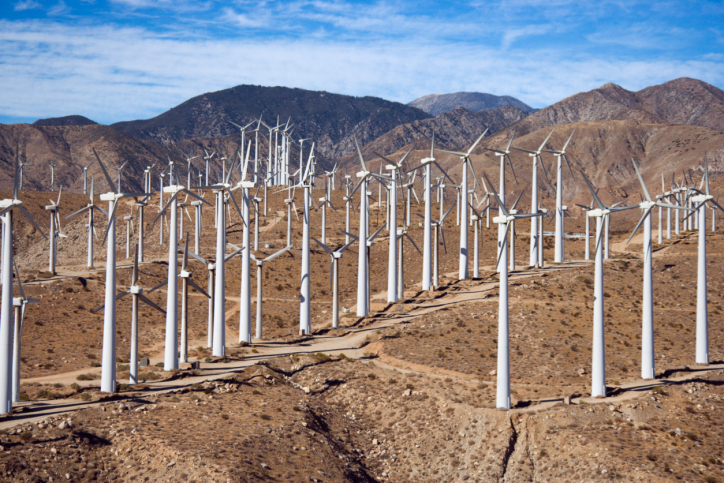The thirst for renewable energy is nearly unquenchable, but inefficiencies inherent in renewable power production and high costs relative to traditional forms of energy have long prevented widespread utilization. Government subsidies are the only reason most renewable energy production is utilized outside of niche uses.
More than 90 percent of U.S. energy comes from petroleum, natural gas, coal, and uranium, as shown in Figure 1. Of the 9 percent contributed from renewable energy sources, the venerable ones, hydropower and biomass (wood and liquid ethanol), provide over 80 percent of all renewable energy produced. Contrary to the impression promoted by renewable energy enthusiasts, the great majority of renewable energy is not wind and solar.
Forty percent of the United States’ primary energy is electricity, with renewables accounting for 13 percent, the largest portion of which is provided by firewood and hydropower. Owing to mandates, such as Renewable Portfolio Standards and subsidies, wind power’s share of renewably produced electricity has grown to 23 percent, although it is still just 3 percent of our total electricity.
Hydropower turbines and wind turbines have one thing in common: They convert mechanical energy into electricity by spinning a generator, with no need for an engine to convert heat to mechanical energy. Hydropower is created when water stored behind a dam flows through a turbine that spins a generator. Currently accounting for 8 percent of electricity production, growth in hydropower production is limited by the fact the best dam sites are already in use.
Understanding Wind Power
Wind power is generated when moving air turns the blades of a turbine. There is wind everywhere, but wind power requires fairly constant strong winds, which are found only in specific regions.
In order to maintain enough energy in the wind to turn the blades and create electricity, the turbines must be separated by a set amount of space, which is determined by their size. If you double the length of the wind turbine blades, you produce four times as much power, but you must space the turbines twice as far apart in both directions, spreading out over four times the land area. As a result, the amount of power per unit of land is independent of the size of the turbines, meaning there is a fixed amount of energy you can derive from each acre of land. At the best of sites, this is about 5 kilowatts per acre.
The average coal-fired power plant is located on about 200 acres of ground, produces one million kilowatts of electricity, 1,000 times the amount of electricity wind turbines can produce on 200 acres.
Understanding Solar Power
One way to produce electricity from sunlight is to concentrate sunlight from mirrors onto a container of liquid to create steam and use it to turn a conventional turbine. One such installation is at Ivanpah in California, where on 3,500 acres there are 170,000 computer-controlled mirrors.
The whole system has cost $2.2 billion and is intended to produce over 392 megawatts in peak sunlight, although the year-round average is only 122 MW. So far, the plant is producing only 45 percent of its expected energy output, and environmentalists have complained about the thousands of birds who have died in recent years while flying into the intense, concentrated sunlight.
Photovoltaic (PV) cells convert light directly into electricity. Sunlight causes electrons in a semiconductor junction to make a quantum leap from one energy state to a higher one. Most systems convert about 15 percent of the solar energy into electrical energy, with higher efficiency rates coming at much higher costs. Given the varying sun angles, clouds, and the darkness of night, PV arrays produce less than 20 percent of their full-sunlight capacity.
PV arrays can be valuable in sunny locales where grid power is not available, such as isolated African villages, highway warning signs, and remote cell towers. At present, the cost of electricity from PV is far in excess of the wholesale cost of electricity from conventional sources, and the grid-PV industry cannot survive without massive subsidies.
Jay Lehr, Ph.D. ([email protected]) is science director of The Heartland Institute. Howard Hayden, Ph.D. ([email protected]) is professor of physics emeritus in the Physics Department of the University of Connecticut and editor of The Energy Advocate. This article excerpts and summarizes material from the introduction of The Encyclopedia of Renewable Energy and Shale Gas. Reprinted with permission.






